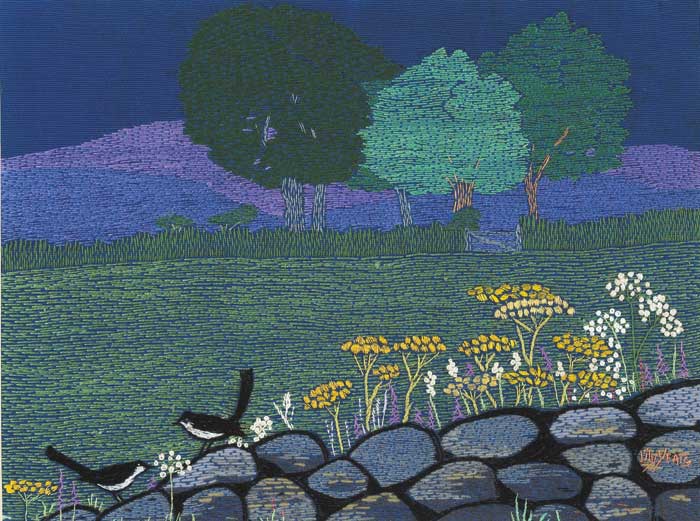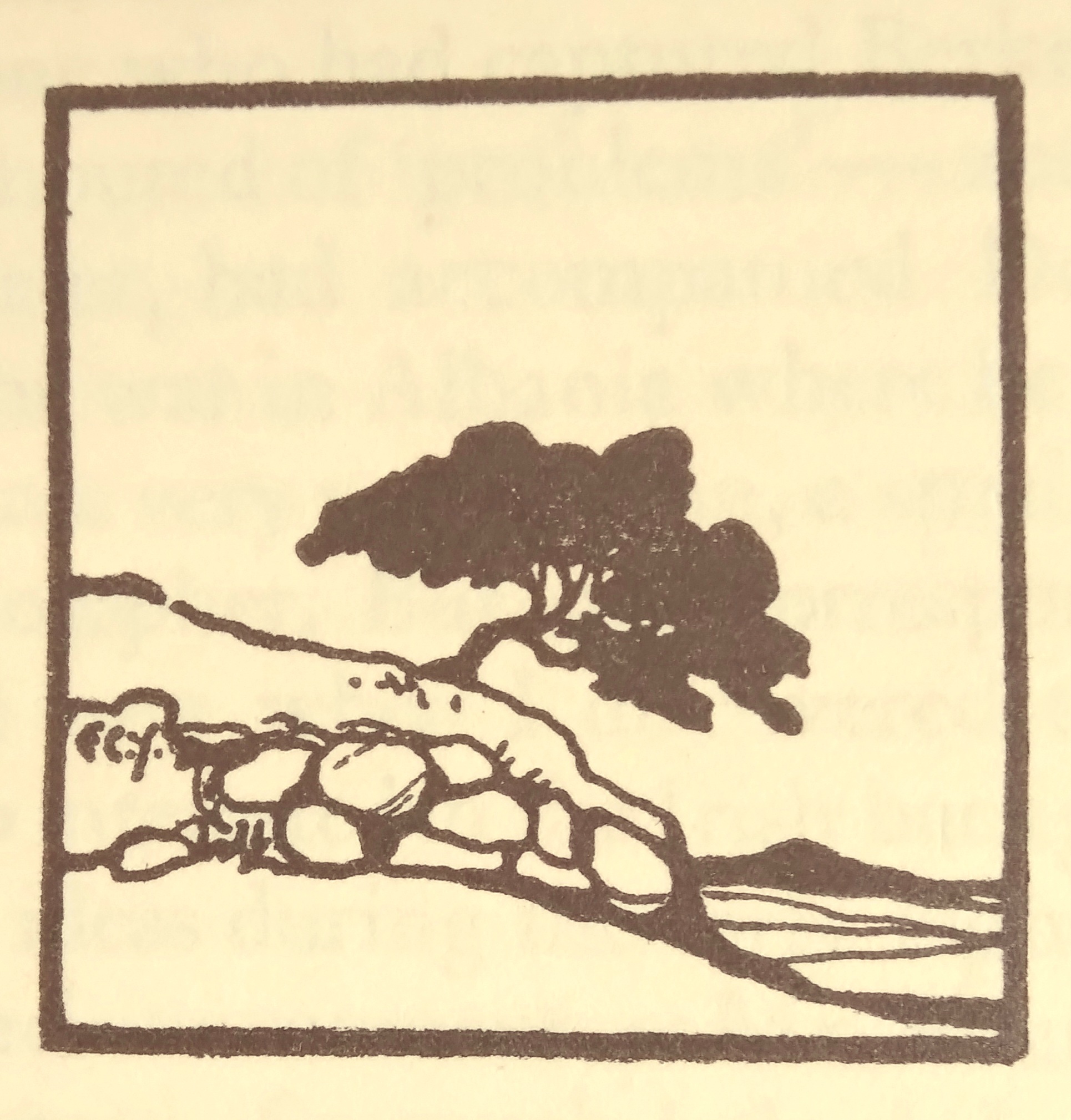In the summer of 1902, Susan and Elizabeth Yeats, along with their father, John B Yeats, moved to Churchtown in county Dublin, so beginning a forty-year period of prodigious creativity, enterprise, and consequent acclaim.
Susan and Elizabeth had both attended the Dublin Metropolitan School of Art before moving with their family to London in 1886, where they lived and worked throughout the 1890s. There, they were very much a part of an artistic circle that shaped an Irish revival and who were influenced by the ideals of William Morris and the principles of the Art and Crafts Society. Susan (Lily) was a skilled embroiderer, who worked under May Morris at Kelmscott House, while Elizabeth (Lollie), a Froebel trained art teacher and published author, worked under Emery Walker and developed her press and typographical skills at the Women’s Printing Society.
Making their home in Churchtown, the sisters joined the Dun Emer Guild, in a partnership with its pioneering founder, Evelyn Gleeson, in nearby Dundrum. By 1908, the Dun Emer Guild, and the industries, which were increasingly under the Yeats’ direction, were separated, with the sisters’ establishing their own enterprise, Cuala Industries.
Over the following fifteen years (1923) in their Churchtown cottage they, along with, uniquely, an all-female staff, including Beatrice Cassidy, Molly Gill, Esther Ryan and Eileen Colum, made an extraordinary portfolio of work – with the Press directed by Elizabeth, and the embroidery workshop conducted by Susan.

In this period (1903-23), over 30 books were made, publishing original work by W.B. Yeats, George Russell (AE), John M. Synge, Ezra Pound and Lady Gregory. A Broadside, a monthly broad sheet, largely edited and illustrated by Jack B Yeats, had eighty four issues, ceasing in 1915, while a range of greetings cards, calendars and hand-coloured prints, many exclusively featuring original work from women artists and poets, like writers Katharine Tynan and Susan Mitchell, and artists like Eileen Peet, Hilda Roberts, and Kathleen Verschoyle, were popular. While the embroidery works, echoing the arts & crafts style, from original designs by a range of artists, included church banners (24 banners of Irish saints were completed for Loughrea Cathedral), vestments, and altar cloths (such as the piece in St Nahi’s church, Dundrum); to hangings, cradle quilts, cushions, mantel pieces, portières, sofa backs and a range of other commercial decorative pieces.
In August 1923, the Cuala Industries moved from Churchtown, firstly to Merrion Square, and in February 1925, to a shop and workrooms at 133 Lower Baggot Street, Dublin.
Elizabeth Yeats died in Dublin on 16 January 1940 and Susan Yeats died at home in Churchtown on 5 January 1949. Both are buried at St Nahi’s Churchyard, Churchtown, County Dublin.
